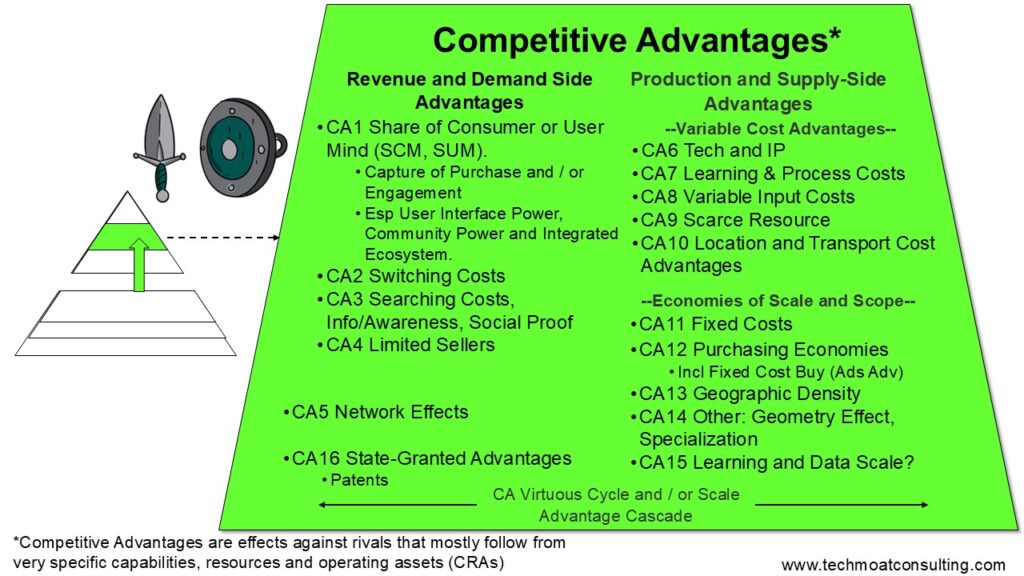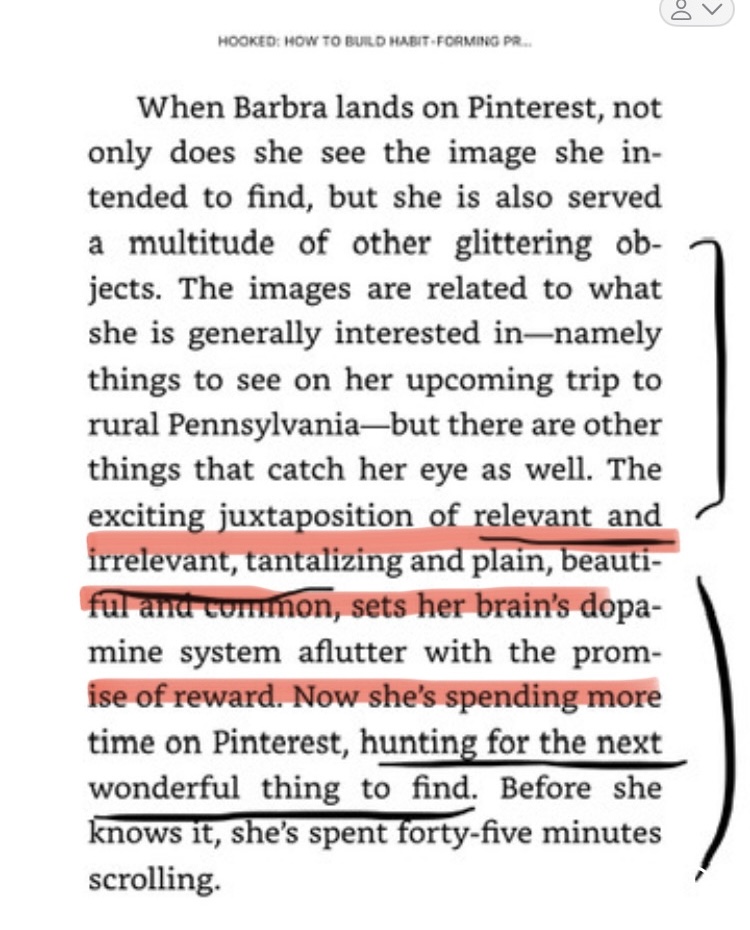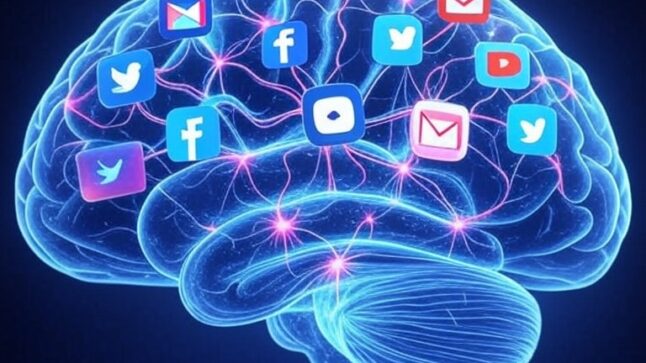In Part 1, I wrote about 3 big concepts:
- Habit formation
- Internal triggers
- Variable rewards
And I pointed to Facebook, arguably the most powerful version of habit formation. Look at the Facebook newsfeed (or Instagram) in terms of habit formation. It is:
- A free, high frequency entertainment and communication service. It is both a utility and an emotional service. Gmail is just a utility.
- It stimulates dopamine release, which is addictive. Not as good as nicotine but good.
- It has internal triggers. By lots of emotions (envy, FOMO, anger). You just check all the time. People actually call it digital cigarettes.
- Action takes no time or effort when triggered. You just open the app and check.
- It has variable rewards. Check your notifications. See what is next in the newsfeed.
- It is done digitally, at zero marginal cost. With no limits on scalability or capacity. Although content moderation is a problem at scale.
- It has infinite variability. More on this below.
But there are some other concepts that are related and useful.
Concept 1: User Actions Can Also Create Future Triggers
This is also from the mentioned book Hooked. I don’t really buy into this too much but it’s interesting.
The habit formation process is about a trigger resulting in an action. Which results in an immediate reward. The reward (drinking a coke, puffing a cigarette) has to happen immediately. In fact, you want this entire loop to be as fast as possible.
However, users can also take actions that are more about future (i.e., not immediate rewards).
Yes, you open Facebook to relieve boredom and to see if you got any likes. That’s the immediate reward. But you also might make a post. That action is about a future reward (will people like it?). Hooked author Nir Ayal argues that these user actions are investments. And are actually teeing up future triggers. You will later get notifications about how many likes your post got. And then you will open the app (action) to get the reward (variable rewards).
–
What type of user action does this? We ae looking for an investment of:
- Time
- Data
- Effort
- Social capital
- Money
Any action that tees up a future trigger is good. But it’s better when there is an investment. This is a bit like commitment-consistency bias. By taking an action, a user become more committed.
Over time, you are looking for actions that get immediate rewards, create future triggers and, ideally, improve the service itself. Such as inviting friends, stating preferences, building virtual assets, and learning to use new features.
Concept 2: Habits Are “Share of the Consumer Mind Plus Switching Costs”
At what point does a habit rise to the level of a competitive advantage?
- At what point do we have captive customers?
- Who will accept price increases?
- And that create rock solid market share over time?
For me, there are three tests of competitive advantage on the customer / demand side:
- Does it have stable market share over time?
- Does it enable a pricing premium? Note: This is not relevant in free products.
- Have new entrants tried and failed to take market share?
Those are my tests. I want to see evidence of a competitive advantage.
Habit formation can definitely do this. Although the habit is often not specific to a specific brand. Cigarette smokers and coke drinkers tend to be brand loyal. Beer drinkers are not.
For me, strong habits are a combination of share of the consumer mind and switching costs.
Yes, it has a presence in your mind. There is a strong presence based on the habit formation process.
But it’s also partly about switching costs.
- When you use Gmail, you store your emails there. You are likely not going to switch because you will lose them.
- If you have a significant presence on Facebook or TikTok, you have a reputation. Which you want to keep.
- Maybe you have an audience as a creator. You are likely not going to another service where they are not.
All of these would be switching costs, on top of habit formation.

And this tees up the idea of “non-transferable stored value”
Concept 3: Non-Transferable Stored Value Is Sort of Useful
Question: When is the last time you deleted an email account?
Have you ever deleted an email account?
We often talk about user generated content as a switching cost and a barrier to entry. Most UGC is rapidly disposable (like traffic patterns on Waymo). But sometimes it creates a library that has stored value. Such as your Twitter followers and all your past posted Instagram photos. Nir calls that case “stored value”. And the question is how easy is it to transfer it?
I usually just consider these switching costs or barriers to entry.
And that happens with emails. Gmail can become your library of past emails. So, you really don’t want to just delete them. And you can’t really transfer or download them easily. So, you just keep them.
An ok concept. But not one I use a lot.
Concept 4: Infinite Variability. Which Is More Powerful in Entertainment than Utilities.
Ok. Last concept.
Question: Why do certain tv shows get boring after a while?
I thought the Walking Dead was a really great Tv show for the first couple of seasons. But by season 6, I was pretty bored of the characters and the whole zombies thing. Are they still walking around the woods?
We get bored when there is finite variability in content or an activity.
It’s natural. And it’s an ongoing problem for movies, musicians and tv shows. It’s why studios have to keep coming up with new types of tv shows every year. It’s why musicians change their look and musical style over time. Humans get bored.
But certain products, services and content have infinite variability.
- That’s YouTube. Where you can always find new and surprising things. I used to watch certain YouTubers (Mr. Beast) and now I’ve moved on to others (Lost LeBlanc).
- That’s your Facebook and TikTok newsfeed. You never know what is going to appear next.
Here’s how Hooked describes infinite variability.

Video games are the best example of this.
- Single player and set games (Ghosts of Tsushima is my favorite) are great but become boring after you have completed all the quests several times.
- But multi-player games (World of Warcraft) have infinite variability. Every game is different because it is based on what other gamers do. People have been playing World of Warcraft for decades.
Infinite variability is an important concept to keep in mind. Especially in entertainment.
You can also see this in utilities (somewhat). Gmail has infinite variability (sort of) in that you don’t know what emails are going to be in your inbox each day. But it’s pretty limited.
***
Ok. That is for concepts related to habit formation. I’ll finish up with a bit of a rant.
Why Facebook Is Evil: The “Morality of Manipulation”
That phrase “the morality of manipulation” is from the book Hooked.
And trying to create habits in peoples’ brains is definitely a form of manipulation. No question. It’s like hacking and rewriting software.
So, is it good or bad?
I consider it like the Force. You can choose the light or the dark side.
On the dark side, I put:
- Digital gambling. This is really bad. Habit formation combines with gambling behavior (another powerful psychology hack) and you can get something really evil. People literally destroy their lives with digital gambling.
- Facebook / Instagram. I consider these half-evil. If digital gambling is Darth Sidious, Facebook is Darth Vader. There is some good still in there. But in study after study, we can see the negative impact on peoples’ mental health (anxiety, depression, etc.). Public posting on social media just brings out the worst in people (envy, jealously, showing off, bragging, etc.). And it is particularly harmful to teenagers. As one Silicon Valley guy said, “I would rather my teenager smoked pot than used Instagram.”
In the middle, I put TikTok and most online gaming. The habit formation is huge but it’s not really good or bad for you. It’s mostly just a big waste of time.
On the light side, I put:
- Pinterest. It’s a really nice tool for doing projects in the home. For planning family dinners. For remodeling the bathroom. And yes, it has strong habit formation. But it’s pretty nice overall.
- Nike and Bible apps. I like when habit formation makes you a better person. The Nike training apps use habit formation (somewhat weak) to get you to go the gym more often. That’s just great. Bible apps are particularly powerful in habit formation. They get you focused on being a better person every day. I like them a lot.
Ok. That’s what I wanted to cover.
Overall, habits are powerful. And digital is supercharging them.
And changing an engrained customer habit is very difficult. Especially if it is a long-term habit. The pathways are literally etched in people’s brains. Usually, it takes a 10x product improvement or a tech disruption to break it.
I used Gmail as my main example because it’s not a winner take all situation (like Facebook or TikTok). It’s a basic service. And its habit tricks can be copied by lots of types of standard businesses. You don’t have to be a tech giant to build digital habits.
Cheers, Jeff
——
Related articles:
- How Alibaba.com Re-Ignited Growth with the Alibaba Management Playbook (Tech Strategy – Podcast 253)
- How Amap Beat Baidu Maps. My Summary of the Alibaba Playbook. (Tech Strategy – Podcast 252)
- Scale Advantages Are Key. But Competitive Advantages Are More Specific and Measurable. (Tech Strategy)
From the Concept Library, concepts for this article are:
- Share of Consumer Mind
- Switching Costs
- B2C Customer View: Habit Formation
- B2C Customer View: Variable Rewards
- B2C Customer View: Infinite vs. Finite Variability
From the Company Library, companies for this article are:
- Google: Gmail
——-
I am a consultant and keynote speaker on how to accelerate growth with improving customer experiences (CX) and digital moats.
I am a partner at TechMoat Consulting, a consulting firm specialized in how to increase growth with improved customer experiences (CX), personalization and other types of customer value. Get in touch here.
I am also author of the Moats and Marathons book series, a framework for building and measuring competitive advantages in digital businesses.
This content (articles, podcasts, website info) is not investment, legal or tax advice. The information and opinions from me and any guests may be incorrect. The numbers and information may be wrong. The views expressed may no longer be relevant or accurate. This is not investment advice. Investing is risky. Do your own research.
